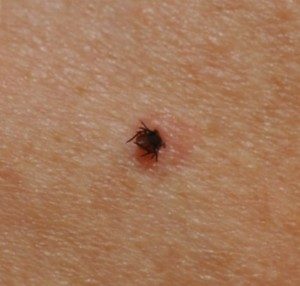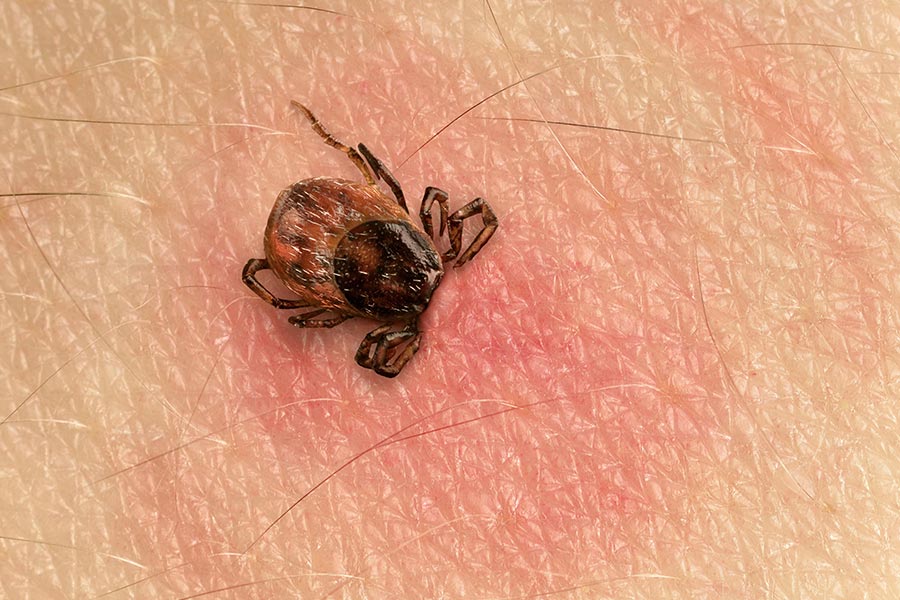Lymecare Alliance: A Comprehensive Guide to Resources and Assistance
Lymecare Alliance: A Comprehensive Guide to Resources and Assistance
Blog Article
Comprehending Lyme Condition-- Necessary Awareness for Avoidance
Lyme disease continues to be a significant public health and wellness problem, mainly transmitted through the bites of contaminated ticks, particularly in regions with thick plants. Recognizing its transmission, signs, and precautionary procedures is necessary for mitigating risks connected with this possibly devastating ailment. The very early recognition of Lyme disease is important, yet numerous individuals continue to be unaware of its indications or the environments that present the greatest risk. As we explore the complexities of this disease, one must think about not only the medical implications but likewise the functional steps for reliable prevention. What strategies can absolutely protect versus this surprise danger?
What Is Lyme Disease?
If left unattended, Lyme condition can advance to more extreme stages, potentially affecting the joints, heart, and nervous system. The illness can be testing to diagnose, as its signs can resemble those of other health problems.
Timely acknowledgment and therapy are crucial in taking care of Lyme illness and stopping issues, with early antibiotic treatment normally resulting in positive end results.
Exactly How Lyme Illness Spreads
Lyme condition mainly spreads out through the bite of infected black-legged ticks, also referred to as deer ticks, which carry the germs Borrelia burgdorferi. These ticks are generally discovered in wooded or verdant locations, typically residing on bushes or reduced plant life. They need a blood dish from a host, such as humans or animals, to replicate and grow.
Transmission generally occurs when ticks attach to the skin and remain for a prolonged duration, typically 24 to 2 days. The risk of infection increases with the duration of attachment, as the germs is sent from the tick's saliva into the host's bloodstream. Ticks can be active throughout warmer months, specifically in spring and summer, making outside tasks a prospective danger for exposure.
While black-legged ticks are the main vectors, other species, such as the Western black-legged tick, can additionally transmit Lyme illness. It is important to be cautious in locations where ticks are common. Preventative measures include putting on safety apparel, utilizing tick repellents, and conducting complete tick checks after outside activities to minimize the likelihood of bites and succeeding transmission of Lyme condition.
Signs and Medical Diagnosis
Acknowledging the signs and symptoms of Lyme condition is essential for timely diagnosis and therapy, as very early treatment can significantly impact recuperation. One of the most recognizable early signs and symptom is the erythema migrans breakout, which looks like a circular, red sore with a main clearing up, usually appearing like a "bull's- eye." This breakout generally develops within 3 to one month after a tick bite and may be come with by flu-like symptoms such as fever, chills, tiredness, muscle mass pains, and migraines.

Diagnosis of Lyme disease largely depends on clinical examination, considering the client's signs and possible direct exposure to ticks in native to the island locations. Research laboratory tests, consisting of enzyme-linked immunosorbent assays (ELISA) adhered to by Western blot examinations, can sustain the medical diagnosis but are not definitive in early-stage Lyme illness. Prompt recognition and medical diagnosis are essential for starting proper antibiotic treatment, which is most efficient when provided early in the disease course.
Avoidance Methods
Protecting against Lyme disease needs an aggressive approach, especially for people that invest time in areas where ticks prevail. The first line of defense entails putting on appropriate garments, such as long sleeves and lengthy trousers, preferably made from snugly woven fabrics - Lymecare Alliance. Light clothing can aid in detecting ticks more quickly. Additionally, tucking pants into socks and making use of tick-repellent products containing DEET or permethrin can substantially decrease the risk of tick accessory.
Regularly inspecting oneself, children, and animals for ticks after outdoor tasks is critical. Ticks needs to be promptly gotten rid of utilizing fine-tipped tweezers, understanding them as close to the skin's surface area as possible. It is advisable to bath within two hours of returning inside, as this can assist remove ticks before they attach.

Therapy Options
Efficient monitoring of Lyme disease hinges on prompt and Read Full Article appropriate therapy options, which largely include antibiotic treatment. Early localized Lyme condition is generally treated with oral prescription antibiotics such as doxycycline, amoxicillin, or cefuroxime axetil for a duration of 10 to 21 days.
In cases of early distributed Lyme illness, where neurological or cardiac signs may occur, a much longer training course of oral prescription antibiotics or intravenous antibiotics might be called for. For clients experiencing consistent signs and symptoms after initial treatment, known as Post-Treatment Lyme Condition Disorder (PTLDS), a much more complicated management strategy may be called for. This can include a multidisciplinary method, addressing not only the physical symptoms but additionally emotional elements, as tiredness and cognitive problems prevail.
It is necessary for individuals to take part in open interaction with their doctor to customize treatment plans to their particular demands, making certain the very best feasible end results in the monitoring of Lyme condition.
Final Thought
Lyme condition postures substantial health dangers mostly due to its transmission by means of contaminated black-legged ticks. Proceeded understanding and education and learning regarding Lyme condition are essential in minimizing its effect, consequently promoting much healthier neighborhoods and safeguarding public health against this pervasive tick-borne illness.
Lyme illness mostly spreads via the bite of contaminated black-legged ticks, also known as deer ticks, which lug the important source microorganism Borrelia burgdorferi. Lymecare Alliance.While black-legged ticks are the primary vectors, other types, such as the Western black-legged tick, can also transfer Lyme condition. Preventative reference measures consist of putting on protective clothing, using tick repellents, and performing complete tick checks after outside tasks to lower the likelihood of attacks and succeeding transmission of Lyme illness
Medical diagnosis of Lyme illness mostly depends on scientific examination, taking into account the client's signs and potential exposure to ticks in native to the island locations.Lyme condition postures substantial health threats primarily due to its transmission through contaminated black-legged ticks.
Report this page